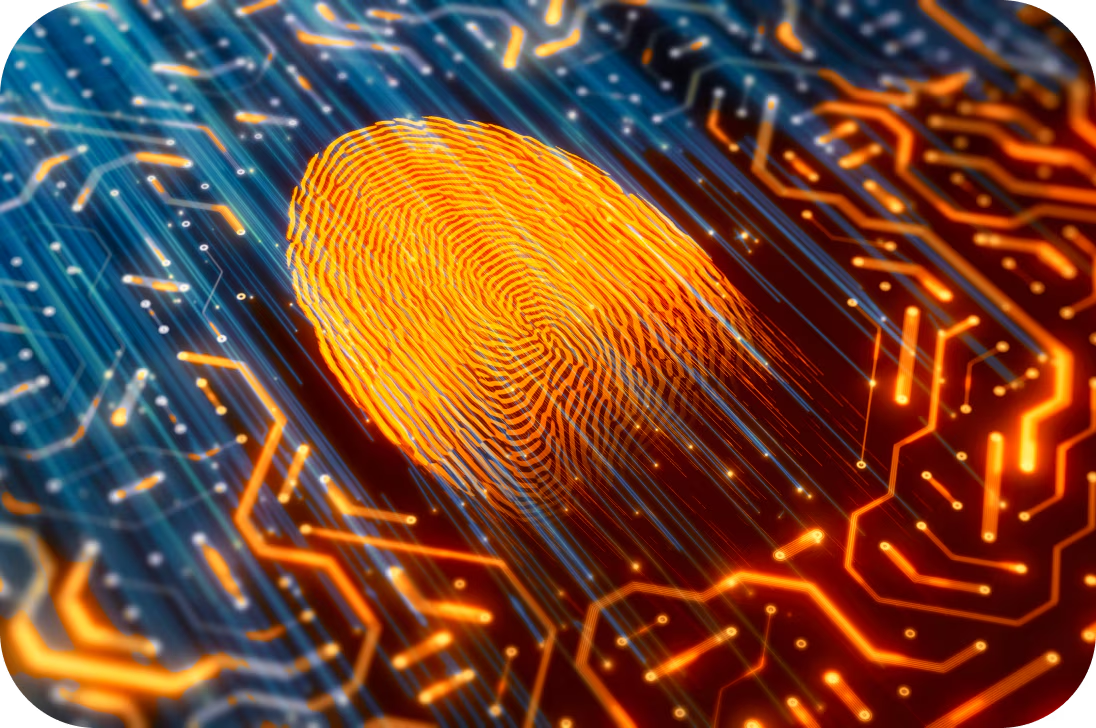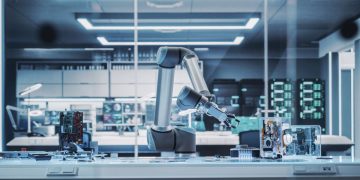Introduction: The AI Paradox
Artificial Intelligence (AI) captivates our imagination, often portrayed as machines that think like humans. But a pressing question looms: Are we truly teaching AI to think, or merely to predict?
At first glance, the distinction might seem semantic or philosophical. Yet it has profound implications on how we design AI systems, what tasks they can genuinely perform, and how we integrate them into society. Understanding this difference shapes our expectations and ethical frameworks.
This article dives deep into the heart of AI’s cognitive abilities, exploring whether modern AI exhibits real thinking or sophisticated prediction. We will traverse the evolution of AI, demystify its core mechanisms, and dissect the nuances between thinking and predicting, all while highlighting the future trajectory of this groundbreaking technology.
Section 1: Defining “Thinking” and “Predicting” in AI
What Does It Mean to “Think”?
Human thinking involves more than pattern recognition or data processing. It includes:
- Reasoning: Drawing conclusions from premises.
- Understanding: Grasping context, meaning, and abstract concepts.
- Creativity: Generating novel ideas beyond learned information.
- Intentionality: Purpose-driven actions or decisions.
- Self-awareness: Conscious reflection on one’s own state.
Thinking is dynamic, multi-layered, and adaptable, often involving metacognition — thinking about thinking itself.
What Is Prediction in the AI Context?
Prediction, in contrast, is fundamentally about estimating the most probable outcome given previous data. It’s statistical in nature:
- Recognizing patterns in large datasets.
- Assigning probabilities to future events.
- Making decisions based on maximizing expected accuracy.

Modern AI, especially deep learning models like GPT, excel in prediction. They analyze vast corpora to predict the next word, image feature, or sequence, without necessarily understanding the content.
Section 2: A Brief History — From Rule-Based Systems to Neural Networks
Early AI: Symbolic and Rule-Based
Early AI research focused on explicit rules and logic, hoping to emulate human reasoning via formal languages. These systems:
- Manipulated symbols.
- Used handcrafted rules.
- Performed logical inference.
While they exhibited some elements of thinking by encoding human knowledge explicitly, they lacked flexibility and struggled with ambiguity or nuance.
The Rise of Statistical Learning and Neural Networks
The shift to data-driven models marked the era of prediction. Neural networks, especially deep learning, emerged as pattern-recognition powerhouses:
- Trained on massive datasets.
- Learned statistical regularities.
- Made predictions without explicit symbolic reasoning.
Despite their predictive prowess, these models operate largely as black boxes, with little transparency on “understanding” or reasoning.
Section 3: How Modern AI “Thinks” — Or Does It?
Case Study: GPT Models — Masters of Prediction
Generative Pre-trained Transformers (GPT) illustrate AI’s predictive strength. Trained on billions of words, they:
- Predict the next word in a sequence.
- Generate coherent, contextually relevant text.
- Mimic reasoning through pattern interpolation.
But do they think? GPT lacks true understanding or intentionality. It does not possess beliefs or desires; it merely simulates them based on learned statistical patterns.
Are Reasoning and Understanding Merely Prediction?
Some argue that human thinking is, at its core, a form of prediction — anticipating outcomes to make decisions. Cognitive science suggests our brains are predictive machines.
From this viewpoint, AI does think — just in a different substrate and with less autonomy or consciousness.
However, critics emphasize that without awareness or intentionality, AI’s prediction isn’t equivalent to human thinking.
Section 4: Beyond Prediction — Attempts to Build “Thinking” AI
Symbolic-Connectionist Hybrids

Researchers try to combine the strengths of symbolic AI (reasoning) with neural nets (prediction):
- Neuro-symbolic systems integrate logic with learned representations.
- Enable explicit reasoning over learned data.
- Aim for explainability and adaptability.
These systems move closer to human-like thinking but remain experimental and limited in scope.
Cognitive Architectures
Frameworks like ACT-R and SOAR simulate human cognitive processes, blending memory, learning, and reasoning.
Though promising, they don’t scale easily to complex real-world data or uncertain environments, unlike predictive neural networks.
Section 5: The Ethical and Practical Implications
Misplaced Expectations
Thinking AI invokes sci-fi fantasies of sentient machines. Misunderstanding AI as thinking leads to:
- Overtrust in AI decisions.
- Ethical dilemmas about AI rights.
- Misjudgment of AI capabilities and risks.
Prediction-Centered AI in Practice
Many real-world applications — from medical diagnosis to autonomous vehicles — depend on prediction accuracy rather than genuine understanding.
Recognizing AI’s predictive nature helps design safer, more reliable systems with clear human oversight.
Section 6: Future Horizons — Towards Genuine AI Thinking?
Emerging Technologies
- Explainable AI (XAI): Focuses on transparency and understanding AI decisions.
- Meta-learning: AI learning to learn, potentially approaching adaptability akin to thinking.
- Consciousness studies: Philosophical and neuroscientific research may inform future AI design.
Could AI Ever Truly Think?
The question remains open. Achieving human-like thinking may require breakthroughs in consciousness, intentionality, or embodiment.
Until then, AI remains a powerful predictive tool, dazzling but still fundamentally different from the human mind.
Conclusion: Rethinking AI’s Identity
The journey of AI is a testament to human ingenuity — machines that predict with astonishing accuracy, yet do not think as we do. Understanding this distinction is crucial.
By embracing AI’s predictive power and acknowledging its limits, we can harness its potential responsibly and thoughtfully. Whether future AI will cross the threshold into true thinking remains one of science’s most profound questions — a challenge that will shape technology and society for decades to come.


















































Discussion about this post